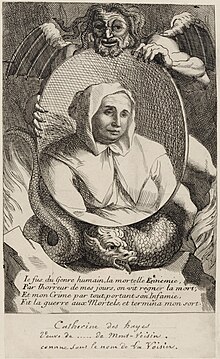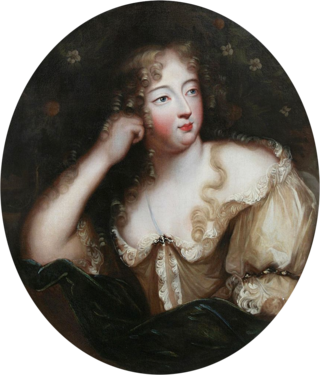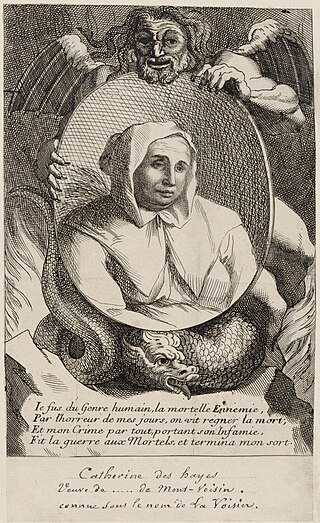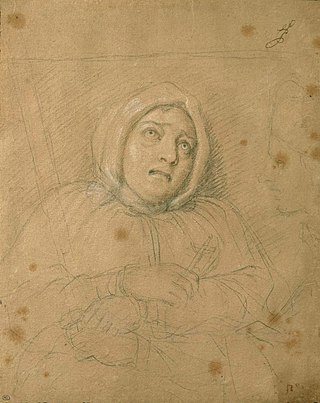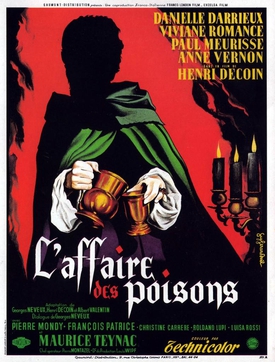| Name | Role | Punishment/Fate |
|---|
| Roger, Siegneur de Bachimont | alchemist, associate of Louis de Vanens | perpetual imprisonment by lettre de cachet at St. André de Salins |
| Marie de Bachimont | alchemist, associate of Louis de Vanens, spouse of Roger de Bachimont | perpetual imprisonment by lettre de cachet at St. André de Salins. |
| Mathurin Barenton | poisoner | executed in September 1681 |
| La Belliére | fortune teller | perpetual imprisonment by lettre de cachet |
| François Belot | associate of La Voisin | executed in June 1679 |
| Martine Bergerot | fortune teller | |
| Betrand | poisoner, associate of La Voisin | perpetual imprisonment by lettre de cachet at Château de Salces |
| Denis Poculot, Sieur de Blessis | alchemist, lover of La Voisin | condemned to the galleys |
| Marie Bosse | fortune teller, poisoner | burned at the stake 8 May 1679 |
| Marie Bouffet | abortion care provider, associate of Marguerite Joly | hanged in December 1681 |
|
| Pierre Cadelan | associate of Vanens | perpetual imprisonment by lettre de cachet (d. September 1684) |
| Jeanne Chanfrain | lover of Guibourg | |
| Magdelaine Chapelain | fortune teller, associate of Filastre | perpetual imprisonment by lettre de cachet at Belle-Île-en-Mer (1658-d. June 1724); the last condemned to die, of those whose date of death is known |
| Anne Cheron (fruit seller) | provider of objects for magic rituals | executed in June 1679 |
| Jacques Cotton | officiate at the black masses, associate of La Voisin | executed by burning in 1680 |
| P. Dalmas | associate of La Chaboissiere | sent to a workhouse. |
| Giles Davot | officiate at the black masses, associate of La Voisin | executed in 1681 |
| Etienne Debray | associate of Deschault | executed in September 1681 |
| Marguerite Delaporte | poisoner, associate of La Voisin | perpetual imprisonment by lettre de cachet at Belle-Île-en-Mer |
| Jacques Deschault (shepherd) | magician | executed in 1681 |
| Louison Desloges | associate of Marguerite Joly | hanged in December 1681 |
| La Dodée | poisoner | committed suicide in prison |
| Louise Duscoulcye | lover of Dalmas, poisoner | |
| Françoise Filastre | poisoner | executed in 1680 |
| Louis Galet | poisoner | perpetual imprisonment by lettre de cachet at Château de Besançon |
| Mme Guesdon | poisoner | perpetual imprisonment by lettre de cachet (1640–d. August 1717) |
| Étienne Guibourg | officiate at the black masses, associate of La Voisin | perpetual imprisonment by lettre de cachet at Château de Besançon |
| Marguerite Joly | fortune teller, poisoner | executed by burning in December 1681 |
| Latour (stonemason) | associate of la Voisin | perpetual imprisonment by lettre de cachet at Château de Salces |
| Catherine Lepère | abortion care provider | executed in June 1679 |
| Adam Lesage | magician, officiate at black masses, associate of La Voisin | perpetual imprisonment by lettre de cachet at Château de Besançon |
| Catherine Leroy | associate of La Voisin and la Chaboissiere | perpetual imprisonment by lettre de cachet at Belle-Île-en-Mer |
| Jeanne Leroux | associate of la Voisin | executed in April 1680 |
| Margot (servant of la Voisin) | | perpetual imprisonment by lettre de cachet at St. André de Salins |
| François Mariotte (abbe) | associate of la Voisin and Lesage | died in prison in 1682 |
| Anne Meline | poisoner, associate of Marguerite Joly | hanged in December 1681 |
| François Boucher, Vitomte de Montmayor | astrologer from Luxembourg | perpetual imprisonment by lettre de cachet at Château de Salces |
| Marguerite Monvoisin | daughter of La Voisin | perpetual imprisonment by lettre de cachet at Belle-Île-en-Mer |
| Christophe Moreau (shepherd) | magician, poisoner | executed in September 1681 |
| Romani | poisoner, associate of La Voisin | perpetual imprisonment by lettre de cachet at Château de Besançon |
| La Pelletière | fortune teller, provider of children for black masses, associate of La Voisin | perpetual imprisonment by lettre de cachet at Belle-Île-en-Mer |
| Maitre Pierre | poisoner | perpetual imprisonment by lettre de cachet |
| Anne Poligny | poisoner | executed in July 1681 |
| La Poignard | participated in arranging black masses | perpetual imprisonment by lettre de cachet |
| La Poulain | associate of La Voisin | perpetual imprisonment by lettre de cachet at Belle-Île-en-Mer |
| Catherine Trianon | poisoner, associate of La Voisin | committed suicide in prison in early 1681 |
| La Salomond | poisoner | perpetual imprisonment by lettre de cachet |
| Denise Sandosme | poisoner | executed by hanging in July 1681 |
| Louis de Vanens | alchemist | perpetual imprisonment by lettre de cachet at St. André de Salins, (d. December 1691) |
| Vautier | poisoner and associate of la Voisin | perpetual imprisonment by lettre de cachet |
| Marie Vigoreaux | associate of La Bosse | died under torture in May 1679 |
| La Voisin | fortune teller, poisoner | burned at the stake 22 February 1680 |
| Jean Bartholominat La Chaboissiere | valet of Louis de Vanens | the last executed in the Affair of the Poisons 16 July 1682 |
|
